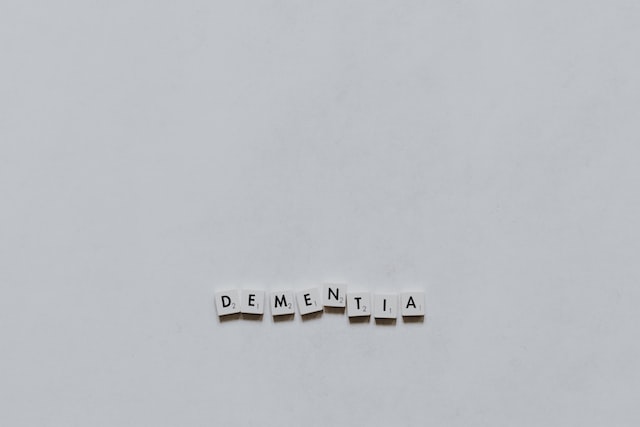Ankle swelling is a common issue that can happen for many reasons, and it’s important to understand whether it’s caused by water retention (often called edema) or an injury. Knowing the difference helps you decide when to try home care and when to see a doctor. This article will explain how to tell the difference, what causes each type of swelling, and what you should do about it.
## What Is Ankle Swelling?
Swelling in the ankle happens when extra fluid builds up in the tissues around the joint. This can make your ankle look puffy, feel tight, or even hurt. Sometimes, the skin might look stretched or shiny. Swelling can affect one ankle or both, and it might come on suddenly or develop slowly over time.
## Causes of Ankle Swelling
There are two main categories of causes: water retention (edema) and injury. Each has its own set of reasons and warning signs.
### Water Retention (Edema)
Water retention means your body is holding onto more fluid than usual. This can happen for many reasons:
– **Prolonged sitting or standing**: If you sit or stand for a long time, gravity pulls fluid down into your legs and ankles, causing temporary swelling[1].
– **Medical conditions**: Heart failure, kidney disease, liver problems, and certain hormone changes can all cause fluid to build up in your ankles[2][3]. For example, if your heart isn’t pumping well, fluid can back up into your legs (this is called cardiac edema)[3].
– **Venous problems**: If the veins in your legs aren’t working properly (venous insufficiency), blood can pool in your legs, leading to swelling[3]. This is common in people with varicose veins.
– **Lymphedema**: If your lymphatic system is damaged (maybe from surgery, infection, or radiation), fluid can’t drain properly and builds up in your legs and ankles[2][3].
– **Medications**: Some medicines, like calcium channel blockers or NSAIDs, can cause swelling as a side effect[2].
– **Pregnancy and weight gain**: Extra weight or being pregnant can put more pressure on your veins, leading to swelling[1][2].
– **Low protein levels**: If you don’t have enough protein in your blood (like albumin), fluid can leak out of your blood vessels and cause swelling[4].
– **Salt and dehydration**: Eating too much salt or not drinking enough water can also lead to fluid retention[5].
### Injury
Injury-related swelling usually happens after a specific event, like twisting your ankle, falling, or getting hit. Common injuries include:
– **Sprains**: This is when the ligaments (the tough bands that hold your bones together) get stretched or torn. It often happens during sports or if you step awkwardly.
– **Fractures**: A broken bone in the ankle can cause sudden, severe swelling and pain.
– **Strains**: This is when a muscle or tendon is overstretched or torn.
Injury swelling often comes with other symptoms like pain, bruising, difficulty moving the ankle, and sometimes a popping sound at the time of injury.
## How to Tell the Difference
Here’s how you can figure out if your ankle swelling is from water retention or an injury:
### Signs of Water Retention (Edema)
– **Swelling in both ankles**: If both ankles are swollen, it’s more likely to be from water retention, especially if there’s no recent injury[2][3].
– **Swelling that gets worse as the day goes on**: Swelling from water retention often increases after standing or sitting for long periods and may improve with elevation or overnight[2][3].
– **No recent injury**: If you didn’t twist, fall, or hurt your ankle, the swelling is probably not from an injury.
– **Other symptoms**: You might notice swelling in other parts of your body (like your legs or hands), shortness of breath (if it’s related to heart failure), or changes in how much you urinate (if it’s related to kidney problems)[2][3].
– **Skin changes**: The skin over the swollen area might feel tight, look shiny, or have small dimples when you press on it (called pitting edema).
– **Medical history**: If you have a history of heart, kidney, or liver disease, or if you’re pregnant, water retention is more likely[2][3].
### Signs of Injury
– **Swelling in one ankle**: If only one ankle is swollen, especially after a specific event, it’s more likely to be from an injury[1].
– **Recent trauma**: If you remember twisting, falling, or hitting your ankle, injury is the probable cause.
– **Pain and tenderness**: Injury swelling usually comes with pain, especially when you move or put weight on the ankle.
– **Bruising**: You might see bruising around the ankle, which is common with sprains and fractures.
– **Difficulty moving the ankle**: It might be hard or painful to move your ankle normally.
– **Popping sound**: Sometimes, you might hear or feel a pop at the time of injury.
## When to See a Doctor
You should see a doctor if:
– **The swelling is sudden, severe, or only on one side**: This could be a sign of a blood clot (deep vein thrombosis), which is a medical emergency, especially if there’s redness, warmth, or shortness of breath[2].
– **The swelling doesn’t go down with rest and elevation**: Persistent swelling can be a sign of a more serious medical condition[2][3].
– **You have other symptoms**: Like shortness of breath, chest pain, confusion, or changes in urination, which could point to heart, kidney, or liver problems[2][3].
– **The skin is red, warm, or painful**: This could mean an infection or blood clot.
– **You have a history of heart, kidney, or liver disease**: These conditions can cause swelling and need medical attention[2][3].
– **The swelling is getting worse**: Even if it started small, worsening swelling should be checked out.
## What You Can Do at Home
For mild swelling that you think is from water retention:
– **Elevate your legs**: Prop your feet up above the level of your heart to help fluid drain back to your body[2].
– **Move around**: Gentle walking or ankle exercises can help pump fluid out of your legs[3].
– **Limit salt**: Eating less salt can reduce fluid retention[2][5].
– **Stay hydrated**: Drinking enough water helps your body balance fluids[2].
– **Wear compression stockings**: These can help prevent fluid from pooling in your legs[3].
For swelling from a minor injury:
– **Rest**: Avoid putting weight on the injured ankle.
– **Ice**: Apply ice wrapped in a cloth for 15-20 minutes every few hours to reduce swelling and pain.
– **Compression**: Wrap the ankle with an elastic bandage to help control swelling.
– **Elevation**: Keep the ankle raised above your heart as much as possible.
## Key Points to Remember
– **Both ankles swollen, no injury, swelling worse later in the day**





